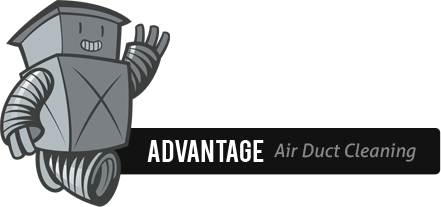This week we had a customer who called and explained that her wood stove was smoking. We quickly responded to her and went to investigate the problem. As it turns out, this was not the customers first bout with this problem. She just had this stove installed last year and had the same problem three weeks after she started using it. When we arrived to the home and went up on the roof we discovered that there was a small screen in the chimney cap. This screen that is installed is 1/2 inch that is a required spark arrester for California wood burners. However, this screen is not required for Oregon wood burners. The smallest screen I recommend in a chimney cap is 3/4 inch. After 14 years in the industry, I have discovered that having at least 3/4 inch screen will not plug up between yearly cleanings. This is not a guarantee because there are so many factors involved when burning.
The biggest factor involved is seasoned wood. If the wood you’re burning is not seasoned, there is a very good chance that when you burn it it will make creosote and plug up your chimney cap and/or cause a flue fire in your chimney.
What is seasoned wood exactly? Seasoned wood is wood that has been split into small enough pieces that it can dry and have a water content of 20% or less. How do you measure the water content in wood? Technically, there is no easy way. The best way to know that your wood is seasoned is that it has been cut, split and stored in a dry place for a year. Another way to check is to look at the ends of the wood and check for cracks. If the ends of the wood has lots of cracks and the wood feels light in weight for its size, it’s ready to burn.
The best recommendation we can make to a wood burner to keep safe burning conditions in their home is three fold. Burn seasoned wood. Seasoned wood is key to a successful and reliable heat source during the word burning season. Second, when starting a fire, burn the first load of wood in your wood stove with the damper wide open and the door opened about an inch. This allows the flue to warm up. Why does your flue need to warm up? A warm flue helps keep the smoke from sticking to the walls of the flue. It also helps burning be easier on the environment by not polluting the air with heavy blue smoke. Third and final, if you use your wood burning appliance as a main source of heat in the heating season, have it at the very least checked every year before burning. Burning wood causes expansion and contraction multiple times over the course of the season and dangerous conditions can occur without warning or obvious evidence to the home owner. A professional knows what to look for and it’s always better to be safe than to gamble with your life. Burning wood is a serious issue and should never be chanced with.
Call us today to have us come inspect and clean your chimney!
Sincerely,
Nate Hollembaek


